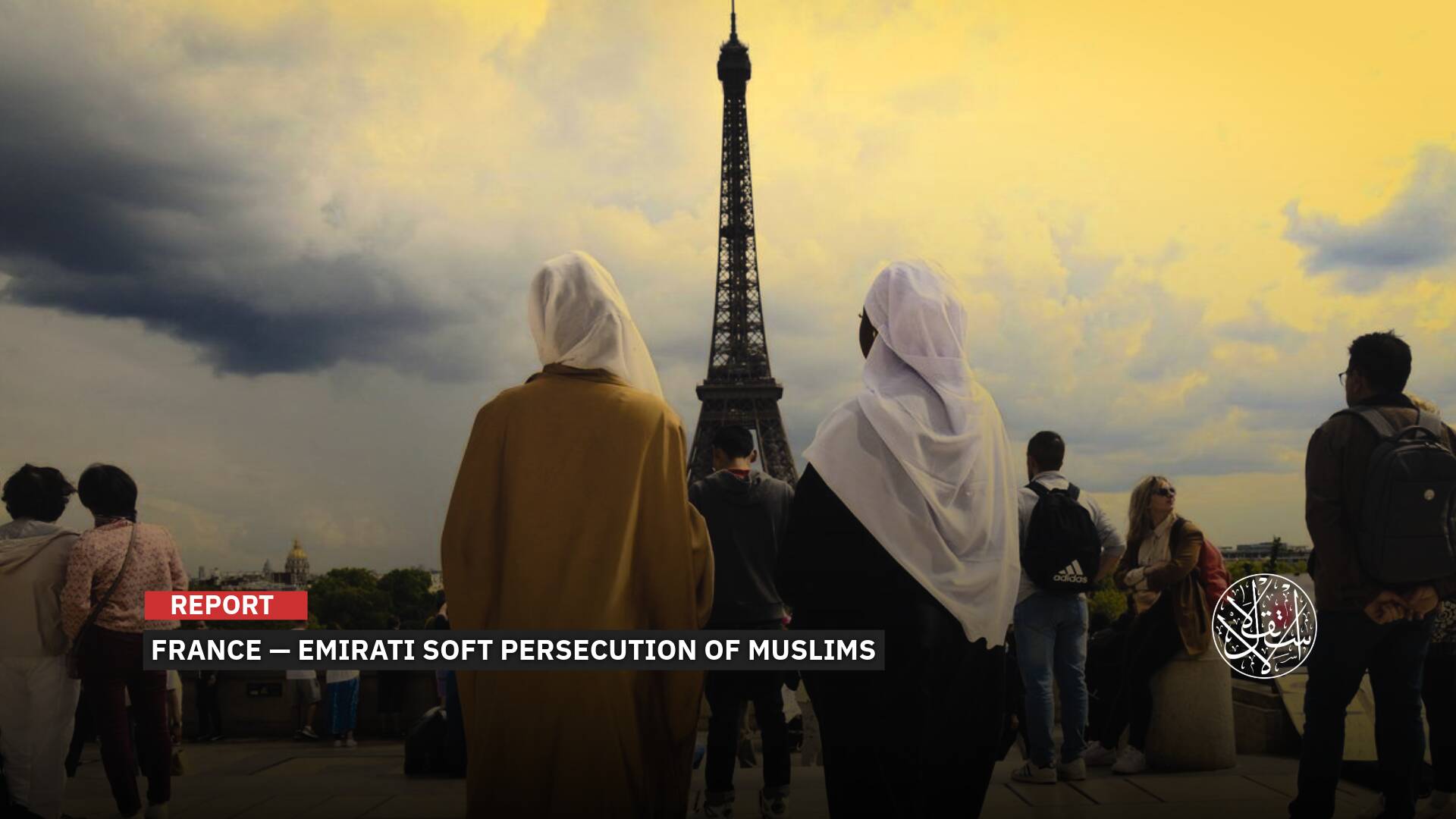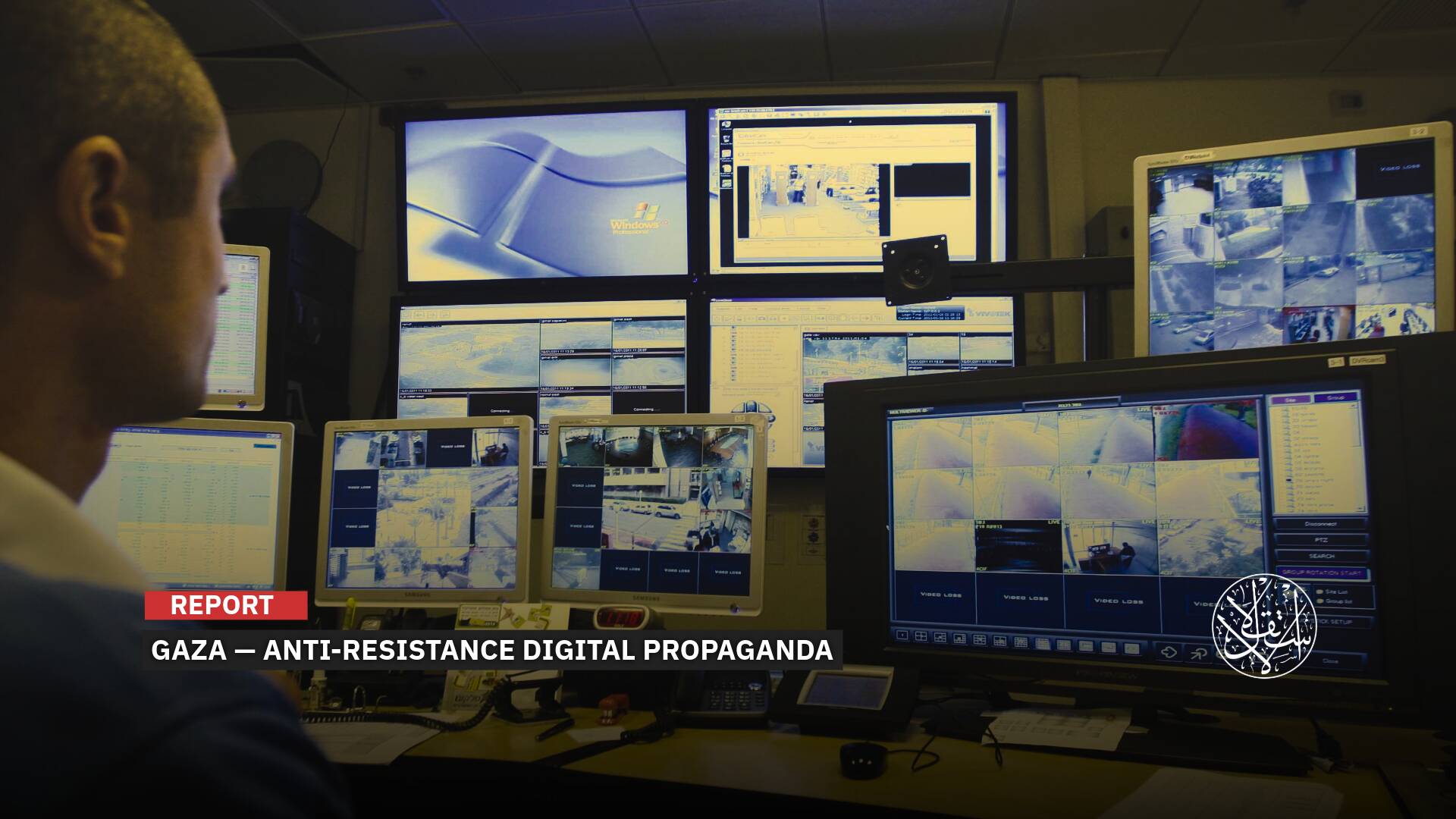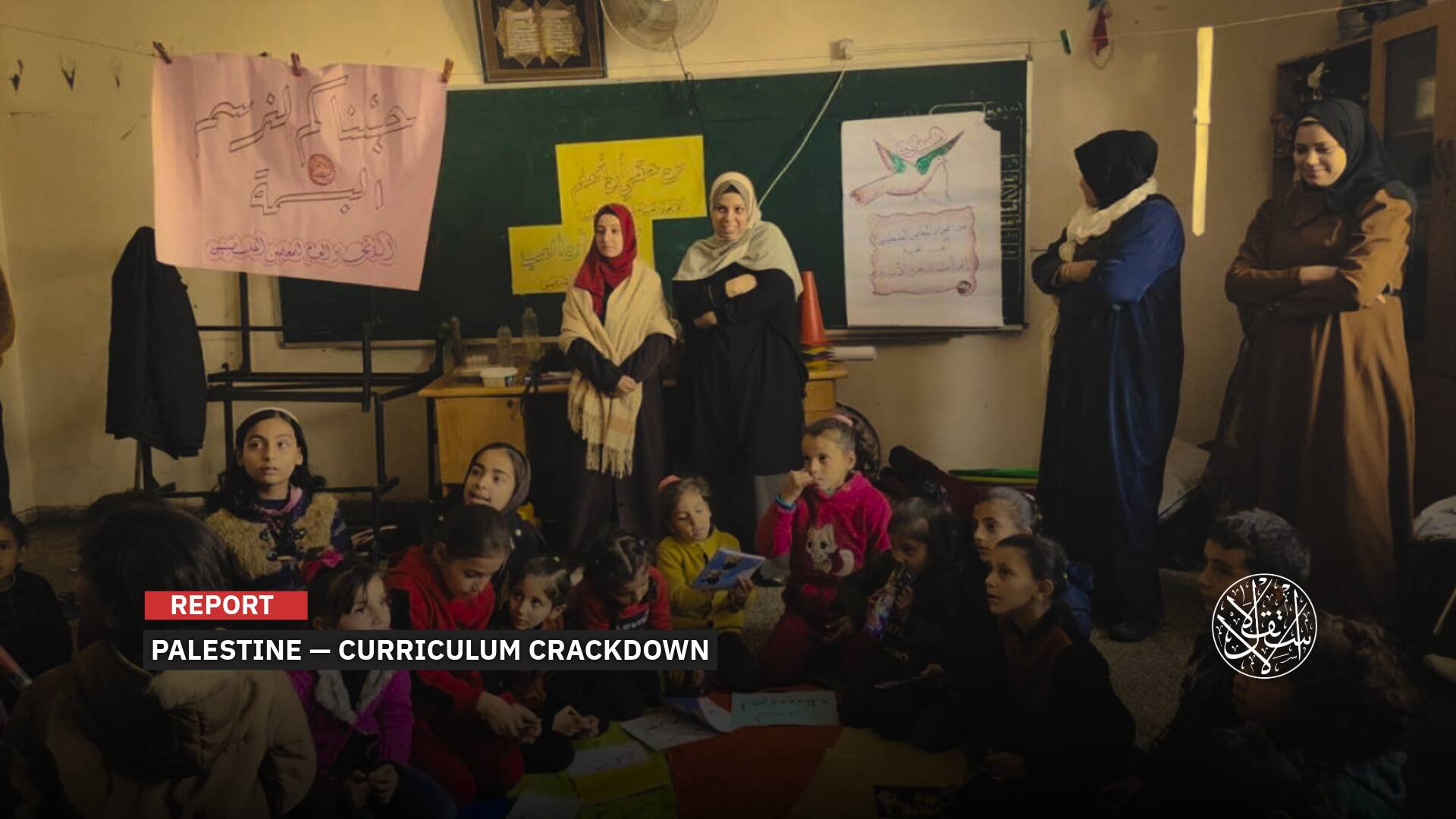Syria’s 2025 Comeback Season: Is the New Tourism Boom Underway?

Syria has a rich cultural heritage and diverse, attractive tourism potential.
The new Syrian government is focusing its efforts on investing in the tourism sector for the 2025 season, aiming to generate revenue for a state treasury seeking diverse resources to help revive the economy.
Following the fall of Bashar al-Assad's regime on December 8, 2024, the return of Arab visitors to Syria signaled a renewed interest in the country as a preferred tourist destination, reminiscent of the pre-2011 era before the Arab Spring revolution.

Tourism in Syria
The Syrian Ministry of Tourism considered U.S. President Donald Trump’s decision to lift sanctions on Syria a major turning point that opens new prospects for reviving investment in the tourism sector.
Trump surprised the world with his announcement from the Saudi capital, declaring the removal of all U.S. sanctions on Syria—a country seeking reconstruction and economic recovery following the fall of the Assad regime.
“I will be ordering the cessation of sanctions against Syria in order to give them a chance at greatness,” Trump told an investment forum in Riyadh, at the start of a tour of Gulf Arab states. “It's their time to shine. We're taking them all off,” Trump said, “Good luck Syria, show us something very special.”
Trump said he made the decision after discussions with Saudi Crown Prince Mohammed bin Salman and Turkish President Tayyip Erdogan, whose governments have both strongly urged the lifting of sanctions.
In a statement carried by the official Syrian news agency SANA on May 14, 2025, the Ministry of Tourism said this development paves the way for tourism to return to Syria, a country rich in cultural heritage and diverse attractions capable of drawing investors and visitors from around the world.
The ministry emphasized that tourism plays a vital role in supporting the national economy by creating jobs and contributing to the reconstruction process. It said the current phase represents a real launch toward building a prosperous future for the country.
As part of efforts to improve the quality of tourism services for the 2025 season, Tourism Minister Mazen al-Salhani met with Transport Minister Yaarub Bader in mid-May 2025 to discuss several joint development projects between the two sectors.
The meeting, held at the Ministry of Tourism, included discussion of the e-Taxi project, which aims to introduce luxury electric taxis (model year 2025) to enhance safe transport, reduce carbon emissions, and support tourism by improving the urban image.
The Ministry signed, on May 7, 2025, a memorandum of understanding with a coalition of Saudi and Qatari companies to develop various tourism sites and facilities in Syria.
The agreement aims to license and operate several tourist locations and facilities at the required standards to ensure economic viability and boost revenue for the state treasury. It also seeks to leverage the expertise and resources of the companies involved.
The memorandum includes plans to license and develop tourism facilities that contribute to sustainable economic, cultural, social, and tourism development, and to create job opportunities for Syrian youth during the operational phases.
In another move, Minister al-Salhani announced in April 2025 a plan to accelerate the restoration of the Sulaymaniyya Takiyya—one of Damascus’s most prominent historical and religious landmarks—in cooperation with Turkish experts, with the goal of reopening the site to visitors.

Restoring Tourist Sites
Damascus has launched a comprehensive plan to rehabilitate Mount Qasioun, which overlooks the capital, with work beginning in April 2025.
Officials expect that some essential services on the mountain will be operational ahead of Eid al-Adha 2025. The plan includes free public spaces tailored to community needs, entertainment venues, quality services, and a dedicated parking area.
Since the fall of the Assad regime, the road to Mount Qasioun, renowned for its stunning view over Damascus, has seen daily traffic congestion, particularly in the evenings and on weekends. Cars move slowly in long lines up the mountain, where an entire street has turned into a vibrant public promenade illuminated by colorful lights and lined with kiosks selling tea, coffee, corn on the cob, and sweets.
In April 2025, the Tourism minister also met with central directors to review proposals for restructuring the Ministry of Tourism to align with recent developments, improve performance efficiency, and meet the sector’s developmental goals.
As part of efforts to boost tourism, al-Salhani inaugurated the Royal Semiramis Hotel in Damascus on April 22, 2025, following its renovation to meet modern global hospitality standards.
The Royal Semiramis is a luxury five-star hotel featuring 108 guest rooms, 10 upscale suites, and 4 restaurants, with a total capacity of 132 beds. Syria also hosts several high-end hotels, including the privately owned Four Seasons in Damascus, as well as state-owned establishments like Dama Rose, Sheraton Damascus, Shahba Aleppo, and the Lamira Resort.
Experts say reviving tourism could help stabilize and strengthen the Syrian pound, which has lost roughly 90% of its value since 2011—falling from around 50 pounds to the dollar to between 10,000 and 12,000 pounds today.
Since the regime’s collapse, Gulf and neighboring country nationals have returned to Syria, reviving tourism seasons reminiscent of the pre-2011 era.
Syria boasts diverse natural landscapes, from Mediterranean beaches and forests to vast mountain views, alongside archaeological treasures like Palmyra—the Greco-Roman city in the Syrian desert—and crusader castles like Krak des Chevaliers in Homs countryside. Many of Syria’s ancient sites are UNESCO World Heritage Sites that continue to attract visitors.
Before 2011, Syria was also a popular destination for camping, hunting, and the Gulf’s seasonal kanayes excursions in the desert. At the time, tourism contributed nearly 14% of the country’s GDP.
According to the World Bank, shrinking oil and tourism revenues saw Syria’s exports plummet from $18.4 billion in 2010 to $1.8 billion in 2021.
In 2022, the number of Arab and foreign visitors to Syria reached around 1.8 million, a 141% increase compared to 2021, despite persistent security concerns leading up to the Assad regime’s downfall.

New Indicators of Tourism Recovery
Under the leadership of President Ahmed al-Sharaa, Damascus appears to be accelerating its efforts to return Syria to the international tourism map and revive this vital sector as part of a broader push to rebuild the country after 14 years of war.
“One of the clearest signs of the tourism sector’s gradual improvement in 2025, compared to previous years, is the return of Arab tourists to Syria’s attractions following the fall of the Assad regime,” said Mohammed Matar, the owner of a Damascus-based travel company.
“The tourism recovery is closely linked to how quickly the current leadership can strengthen ties with Arab and European countries, as well as with the United States—particularly following al-Sharaa’s meeting with U.S. President Donald Trump.”
“Tourism agencies have prepared major programs to attract Arab and European visitors, leveraging improved logistics such as transport services, streamlined government licensing, and efforts to resolve the challenges faced by tour operators,” he told Al-Estiklal.
Matar emphasized that the activation of a digital platform to encourage tourism, along with a review of visa procedures for foreign arrivals, are critical to revitalizing the sector. These steps would enhance available services and ensure higher quality experiences for visitors at both tourist facilities and border crossings.
According to Matar, since February 2025, representatives from several foreign travel companies have conducted 10-day security assessment trips in Syria in preparation for resuming guided tours similar to those in the pre-war era.
“This year, tourism promotion in Syria has reached an unprecedented level,” Matar said, attributing the momentum to the return of Syrians to their homeland, their renewed interest in tourist destinations, and the widespread sharing of content on social media platforms.
He also noted that medical and wellness tourism is beginning to gain traction, with growing inquiries from abroad about various specialties.
Many travel companies, he added, are now preparing to participate in regional tourism expos to market Syria as a travel destination.
At home, Syrians have also resumed local tourism after the fall of Assad. The removal of security checkpoints, improved freedom of movement, and reopening of areas that had been restricted or militarized for years have all played a role in this revival.
Cafés and restaurants are once again bustling, and Syrians now speak freely without the fear of being watched or overheard—an atmosphere that stands in stark contrast to the decades of repression under the Assad family’s rule.
Today, visitors to Syrian cafés can sense the emergence of a new political climate. In the past, patrons often witnessed regime security agents arresting men and young people from coffee shops in broad daylight. That era of fear, many now believe, is over.
Sources
- Tourism Ministry Discusses Joint Development Projects with Ministry of Transport [Arabic]
- Tourism Ministry: Lifting Sanctions Revives Investment and Relaunches Tourism in Syria [Arabic]
- Syrians Envision the Future Look of Mount Qasioun After Rehabilitation [Arabic]
- Trump to remove US sanctions on Syria in major policy shift
- Syrian Tourism Contributes 11 Billion Syrian Pounds to State Treasury in 2021 [Arabic]
- Memorandum of Understanding to Develop and Establish Tourist Facilities and Sites in Syria [Arabic]









